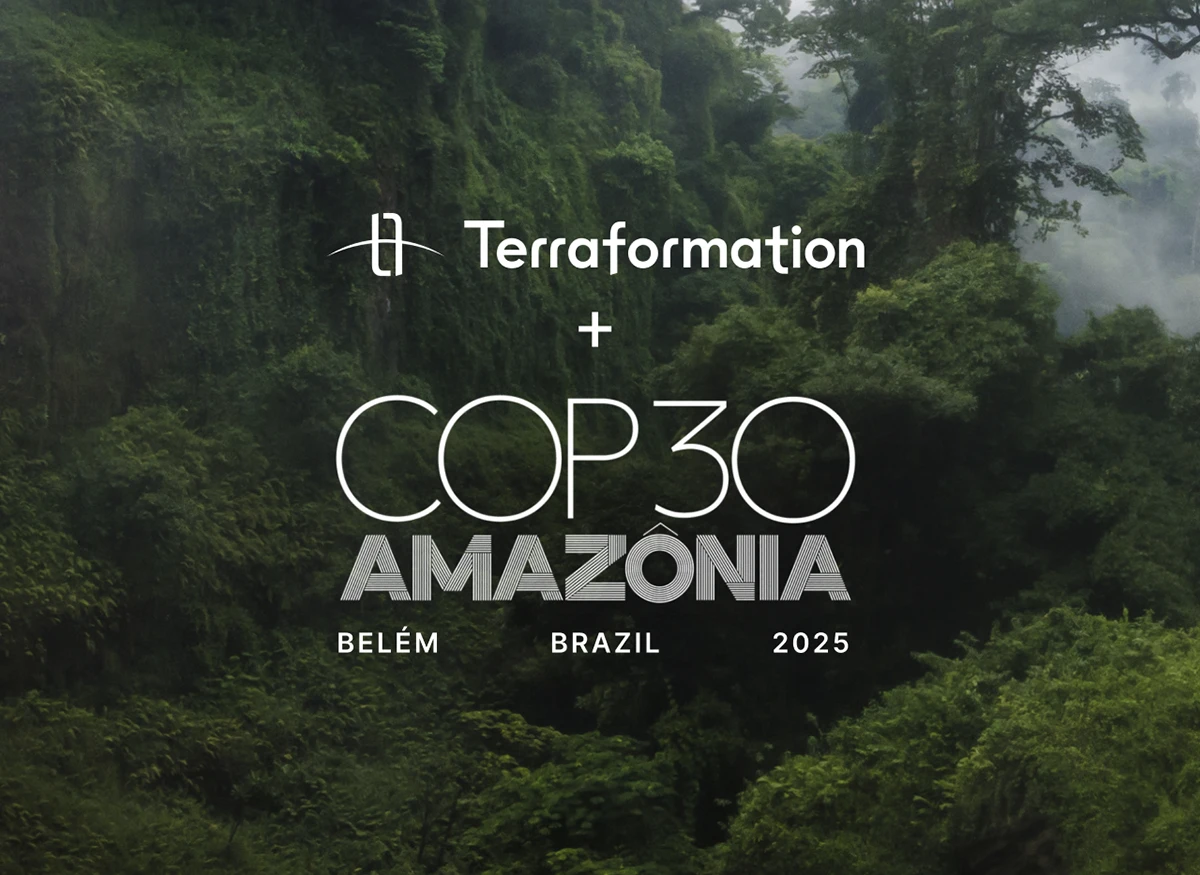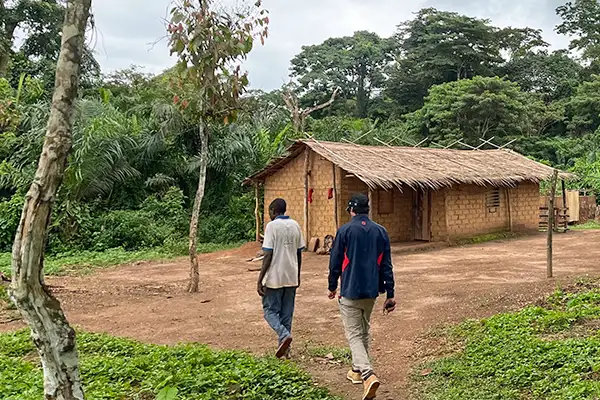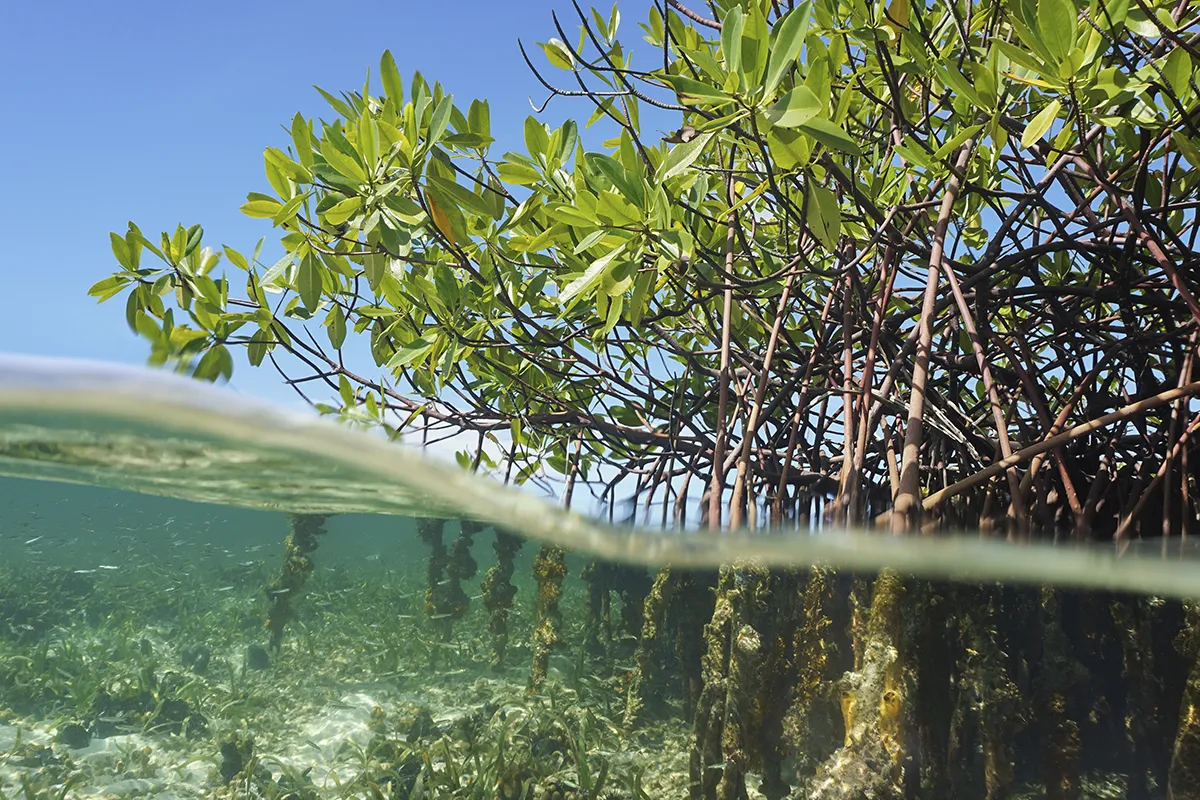2022 in Review: Growing Forests for Life

This past year, we’ve seen what happens when high-quality forest restoration projects receive the right kind of support. In the pilot phase of our Seed to Carbon Forest Accelerator we’ve worked with 18 projects in 12 countries — helping them overcome hurdles like seed shortages and lack of infrastructure, training, and financing. These partners have already delivered significant results — and they’re just getting started.
In Tanzania, we accelerated the work of Saving Africa’s Nature (SANA) by providing a seed bank and nursery, as well as training, software, and mapping capabilities. The seed bank and nursery are now fully operational and have increased propagation of tree seedlings by 80%, allowing SANA’s team to stay on track with its ambitious planting schedule. The seed bank currently holds more than 250,000 seeds from 33 species, enabling the team to plant 57,906 native trees and shrubs.
The impact of upfront support extends far beyond tree planting. With our help, SANA has hired 28 staff and recruited 185 volunteers. They’ve also conducted 15 community forestry workshops, including one for a group of 30 local women. The team is drilling a water well and installing an irrigation system, which will support newly planted trees and help the forest survive potential drought.

“The seed bank we built with Terraformation proves that communities empowered with the right skills and tools are the best stewards of their environment.”
– Fanuel Joseph, Director of Saving Africa’s Nature (Tanzania)
Financing to scale restoration
When we surveyed 300 foresters from around the globe earlier this year, 95% said they didn’t have enough funding to get to scale. Lack of seed capital is the biggest obstacle when it comes to growing the biodiverse, carbon-thirsty forests we need in order to avoid the worst impacts of the climate crisis.
With an early infusion of funding, our partners could build infrastructure like nurseries and hire staff to propagate and plant trees. This support has enabled them to plant a total of 445,000 native trees and shrubs in just over a year — and they’re on track to reach one million plants in the ground by the end of 2023.
Fund Forestry Teams

“Our partnership with Terraformation has ignited a cascade of positive changes in the lands and lives of the people involved in the rainforest restoration activities. It has not only provided them with the infrastructure and economic resources they need to sustain long-term transformation, but also with such high-quality training and constant guidance that the project has no other alternative but to succeed.”
– Maria José “Chochi” Iturralde, Founder and CEO of Humans for Abundance (Ecuador)
Training foresters, creating jobs
To reforest the planet at a climate-saving scale, we will need many more skilled forestry teams. Another major obstacle identified by our partners is the need for training. Over the past year, we have provided both on-the-ground and virtual training for our partners in everything from seed collection to nursery management. In July, our seed banking team hosted a training in East Africa that drew staff from more than 30 restoration organizations and a variety of countries, including Kenya, Rwanda, and Tanzania.
With our support, our partners have been able to secure one of their most valuable assets: staff. To date, we have helped create more than 400 sustainable jobs in roles like nursery management, seed collection, and planting. Of note, our partner ReClimate, a women-led NGO in Ukraine, has been able to continue to pay staff fair wages and move forward with reforestation even in the face of war.
.webp)
“Terraformation’s commitment and contribution has become crucial in creating jobs and supporting livelihoods of the community in these unprecedented times. Our foresters say that the feeling of being part of a sustainable project with this kind of support gives them strength to continue working every day.”
– Olesya Solomina, Co-founder, ReClimate (Ukraine)
Solving the seed shortage
Restoration projects don’t have the right kind of seeds, in the right places, to reforest at scale.
To solve this problem, we’ve helped partners in places like Tanzania, Kenya, and Ecuador build off-grid, solar-powered seed banks with climate control features to ensure long-term seed viability. To date, these seed banks have enabled our partners and projects to collect and store more than 42 million seeds. Without access to seeds, foresters not only face major delays in restoration — they can lose species altogether.

“Terraformation not only provided catalytic funding for the Kilimanjaro Project to demonstrate our potential and implement the first steps of our ambitious strategy, but also provided invaluable capacity-building and knowledge around seed collection and seed banking.” – Sarah Scott, Founder, The Kilimanjaro Project (Tanzania)
Accurate tracking for resilient, low-risk forests
One of the most important elements of high-quality restoration projects is transparency. Without the ability to accurately track and monitor seed collection and planting, it is not only impossible to plan ahead — it’s difficult to demonstrate progress and assess carbon capture. To address this challenge, we developed Terraware, the first specialized software to support the entire reforestation process — from collecting seeds to planting and mapping trees.
By providing detailed data in the earliest stages of reforestation, Terraware allows teams to quickly adapt, which increases project efficiency and reduces risk. Most importantly, the software provides rich data about biodiversity, which is key to growing resilient forests that can withstand fires, drought, and disease.
This year, we launched the Terraware app, which allows forestry teams to easily take photos, capture GPS points, and record field notes. To date, forestry organizations across 42 countries are actively using Terraware to track their progress.
"Working with Terraformation since 2021 has given us the tools and learnings to build and deliver large-scale carbon projects.” – Yanik Nyberg, CEO, Seawater Solutions(Ghana)

Growing real forests for better carbon capture
Forests are the best, most immediately scalable solution we have when it comes to drawing down carbon. But not all forests are created equal. The U.N. estimates that almost half of planted forests around the world are monoculture tree farms, which can deplete fresh water, pollute soil, and destroy food and land security for local communities.
It doesn’t have to be this way. Biodiverse native forests capture far more carbon than monoculture tree plantations, and are more resilient to fires, pests, and severe weather — which makes them a less risky investment than single-species tree farms.
Biodiverse forests are real forests. These are the forests we grow. Our carbon science and forestry teams carefully select our partners based not only on their carbon sequestration potential, but on their diversity of species and impact on neighboring communities. We only work with teams that support local people and leave land and water sources better off.
Because when it comes to reforesting the planet, trees are only the beginning.
















